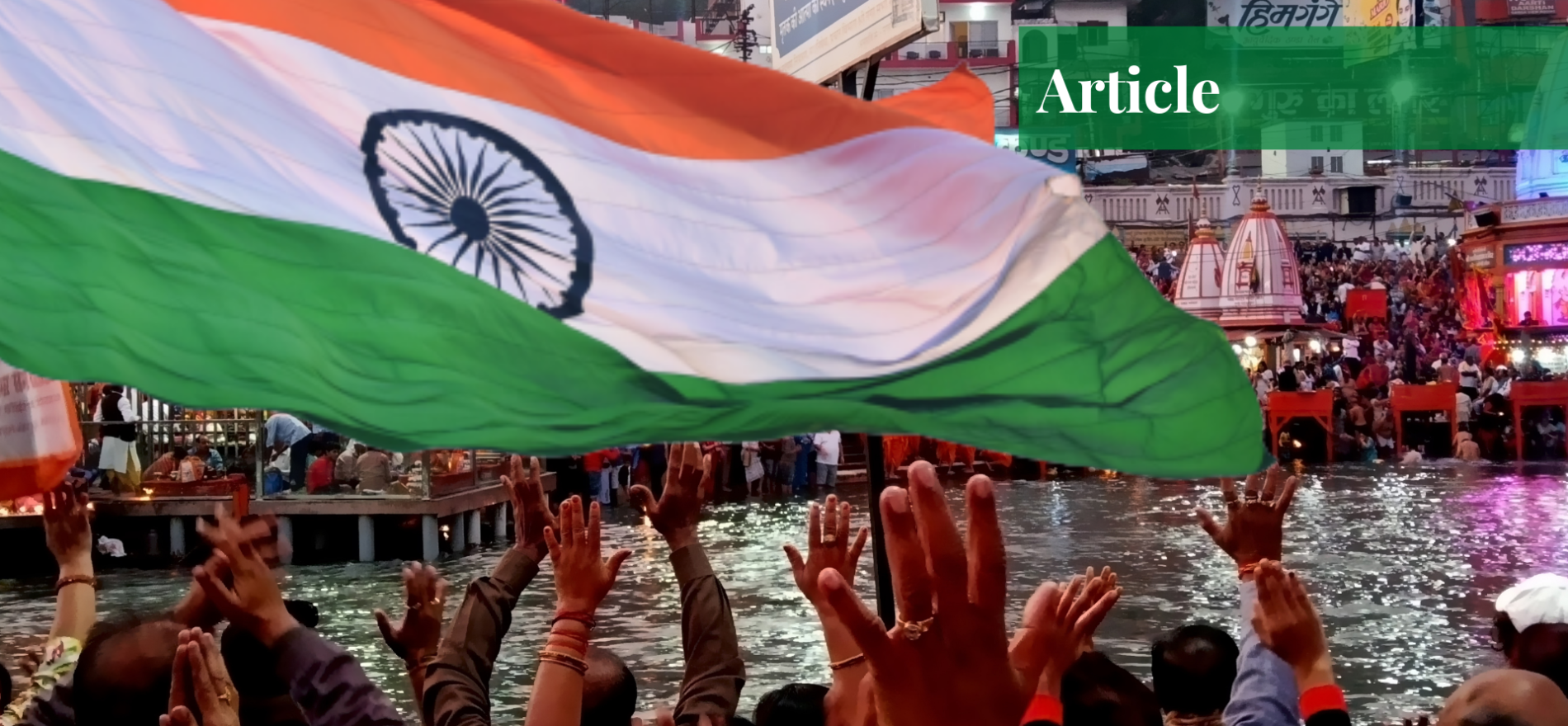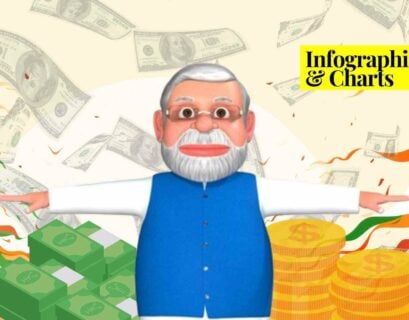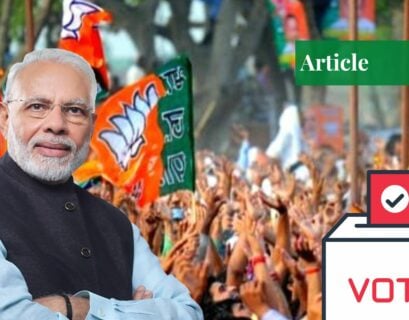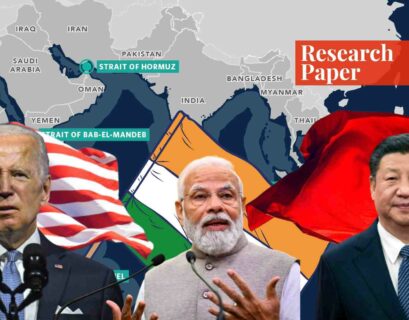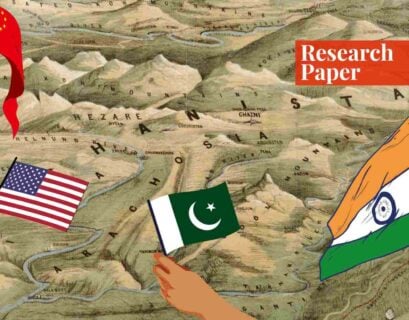Mr Muhammad Hamza Tanvir is an independent journalist and a political analyst, focusing primarily on regional and global strategic and political issues. He has authored numerous articles for different national and international publications.
Colonialism and the Indian Separatist Movements
India is home to multiple ethnic and religious communities. These ethnicities in the Indian subcontinent were once ruled under different rajas before the region became a colony of Britain. The Britishers have a history of dividing their former colonies in such a way that almost all of their former colonies are facing secessionist movements even today. Likewise, India is also facing multiple separatist movements. The Indian separatist movements have been a big issue since the independence of the country.
Different states in the country have been at each other’s throats over the division of the resources. Recently, news broke on Indian news channels when violence erupted between the police of Assam and the police of Mizoram state over the territorial issue between these two states. This violence consumed the life of six police officers and one civilian. This was most probably not the first-ever incident of its kind.
The tussle between Haryana and Indian Punjab is also well-known over the water issue. Haryana, however, does not demand separatism from India but the Indian Punjab holds such an idea in the name of Khalistan. Similarly, many other states in India seek secession from it as they maintain that they have cultural, social, and religious differences from rest of the India.
The separatist demand of the people of the Indian Illegally Occupied Kashmir (IIOK) is the most well-known and has been regarded as an international issue by the United Nations many a time. There are many other such examples where Indian states like Nagaland, Manipur, Naxal-Maoist Movement, and Arunachal Pradesh seek a separate and independent India.
The separatist movements in some of these Indian states might have mitigated over time but there are still such separatist groups that provide fault lines to China. The latter can use the Indian separatist movements to destabilize the state which has already become a home to Hindu extremism under the rule of the Bharatiya Janata Party (BJP), backed by the Rashtriya Swayamsevak Sangh (RSS).
Support by China to the Indian separatist movements might not get these groups what they seek but their sacrifices for their cause will surely exacerbate the economic and political stability of India which would serve China, as the former is the only country in the region that supports the USA and holds explicit anti-Beijing sentiment due to its designs to become the regional hegemon.
Separatist Movement in Nagaland
The history of the Naga people dates back to the 19th century when American Baptist missionaries introduced the Christian religion and Western education to the people of the Nagaland. This education inculcated a sense of collective identity and nationalism among the youth of the Naga Hills.
Before the arrival of missionaries, almost all the Naga tribes were at war with each other. The novel Naga nationalist identity was based on cultural and religious coherence across the tribes, instilling peace and unifying the warring tribes of Nagaland. The selection of 2,000 Naga tribesmen in the army for fighting side by side in World War I was probably the first time the Naga people from different tribes were not fighting each other.
This further aggrandized their sense of collective nationalism. These soldiers formed the Naga Club on their return from the war, based on collective nationalism. This sense of collective identity helped them stand in conflict with their forced assimilation into the Indian state. These tribes are spread out in parts of Myanmar and across the numerous states in northeast India. They declared their independence from Britain on 14th August 1947, a day before the independence of India, but they were later integrated into the Republic of India, forcefully.
The Naga Club was the one to declare independence from British rule under its new name the Naga National Council (NNC), which was led by Angami Zapu Phizo. Before this, the Naga Club was a representative body for all the tribes of Nagaland and represented the desires and demands of the Naga tribes as an autonomous unit under the British control to the Simon Commission in 1928.
After the independence and the forceful integration of Nagaland into India, the government of India adopted the very policies that the colonial British government used to govern Nagaland. At first, Nagaland was ruled under the 6th Schedule of the Indian Constitution, which held a “partially and fully excluded areas” policy. This led to a feeling of discrimination among the Naga tribes and the matters became worse in 1955.

The Indian government targeted the Naga National Council (NNC), prompting most of the Naga leaders to go underground. In 1962’s 13th Amendment Act, Nagaland fell under Article 371A of the Indian Constitution and the Naga people were granted some autonomy over their land and preserved local practices and laws. However, it did not satisfy the demands of the Nagas who sought greater independence, a separate flag, and their constitution.
This predicament led to the end of the negotiations of Indian Prime Minister Nehru with the Naga leadership in a stalemate. On the other hand, the NNC split into two factions – the National Socialist Council of Nagaland-Isak Muivah (NSCN-IM) and the NSCN-Khaplang. This split turned out to be good for the Indian government and it took advantage of this division.
The Nagas demand the integration of their ancestral homelands, which comprises territories from Manipur, Arunachal Pradesh, and Assam. None of these three states are ready to cede their territory to the Nagas. This situation of stalemate continues till today and various militant groups in Nagaland seek independence from India, at most, and a separate constitution and flag, at least. They demand an agreement as that between Scotland and the UK.
Indian Prime Minister Modi, asked the governor of Nagaland, R. N. Ravi, to conclude the talks with the Naga leaders and sign a covenant in three months in August 2019, but no end to this conflict is in sight in the near future as it did not happen despite many agreements previously. The militant Naga groups can be easily used by countries like China to the detriment of India.
In the year 2019, the Naga Student Federation (NSF) declared independence and separation from India just a day before the 73rd Independence Day of India hoisting the flag of Nagaland across the region. This indicates that this movement is deeply rooted in Nagaland and can someday lead to a separate Naga state.
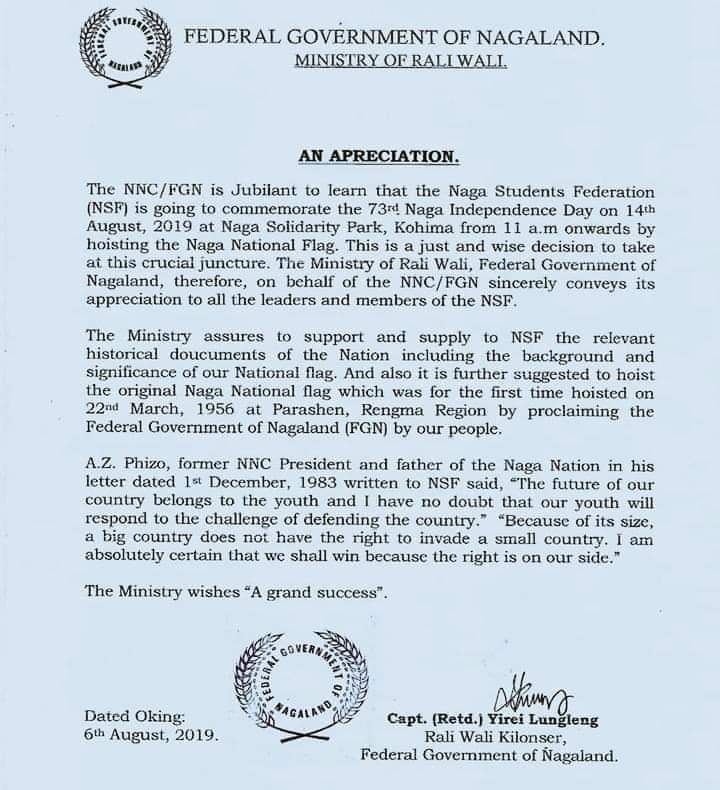
Separatism in Kashmir
The history of the Kashmir issue is as old as the independence of the Indian subcontinent from British rule. The subcontinent was divided into India and Pakistan based on the right of self-determination for the states which had their own rulers. Kashmir was one such state. The majority population of Jammu and Kashmir was Muslim but the ruler, Maharaja Hari Singh, was Hindu.

The people of the valley wanted to join Pakistan because they were Muslim. However, the maharaja had other designs due to his religious biases. At the time of Independence, he decided to keep the state non-aligned for the time being. Pakistan accepted the policy of non-alliance but the Raja was in league with the Indian leaders.
He started to de-weaponize the Muslim population of the valley by coercing them. Several Muslim leaders were also being arrested. This sparked outrage inside Jammu and Kashmir and in Pakistan as well and resulted in the Poonch revolt. The Afridi, Mehsud, and Wazir tribesmen of the North-West Frontier Province (now known as Khyber Pakhtunkhwa or KPK) of Pakistan stood to support their Kashmiri brothers, without seeking any advice or permission from the leadership in Pakistan.
Initially, they emerged victorious against the Hindu maharaja of Kashmir but due to the lack of training and ammunition, their victory did not last long. Maharaja Hari Singh sought help from India; Lord Mountbatten, former Governor-General of India, made this assistance conditional and asked Maharaja Hari Singh to secede to India. Nehru and Hari Singh colluded covertly and the latter signed a letter announcing the alliance of Kashmir with India till the Pashtoon Mujahideen are present in Jammu and Kashmir.
Although Lord Mountbatten and Nehru assured the Pakistan government that this alignment is temporary and the fate of Jammu and Kashmir will be decided following the will of the natives, Pakistani leaders were smart enough to sense the real intentions of Maharaja Hari Singh and Jawaharlal Nehru. This led to the first war between the two countries in 1948.
Pakistan won some part of Kashmir which is now a part of Pakistan. The Indian government took the matter in the United Nations (UN) which decided that the people of Jammu and Kashmir must be given the right of self-determination in Resolution 47. Multiple resolutions have been passed by the UN which bound both the countries to conduct a free and fair plebiscite in Kashmir.
Both the countries fought another war and the Kashmir dispute was the root cause of this war too. India, since then, has illegally occupied a large portion of Kashmir against the will of the people of Kashmir. The history of the IIOK is replete with the human rights violations of the Indian army and police. The people of IIOK are still struggling against their fundamental rights and are looking towards liberal institutions like the UN to take action against the atrocities of India but in this capitalist world only economy, trade, and national interests are given prominence, not human rights.
Manipur Secessionist Movement
In 2019, dissident political leaders of Manipur state unilaterally declared their independence from India and the formation of a government-in-exile in Britain. The state of Manipur remained autonomous till two years after Britain ended its colonial government in India. The state became a part of India only in the year 1949 but it has seen decades of violent separatist movements since then. This state also borders Myanmar just like Nagaland; violence is a part of daily life in this state for decades, just like Indian Illegally Occupied Kashmir.
India’s army holds a strong presence in this state as well. Manipur is multi-ethnic and all the ethnicities – Naga, Pangal, Kuki, and Meitei – are committed to preserving their cultural autonomy. Narengbam Samarjit, minister of external affairs in the self-declared State Council of Manipur, maintained that the exiled government would strive for recognition at the United Nations. He further added that he hoped that the world would support Manipur’s cause.
The state is one of the “Seven Sister states” – a group of northeastern Indian states. The region is encircled with five other countries and connected with the rest of India with a bleak strip of land also attributed as “Chicken’s Neck” where fights between India and China took place recently.

The insurgents in the state are giving a tough time to the Indian government. The groups involved in the Indian separatist movements are formed on ethnic and tribal lines. They demand independence from India due to the treatment akin to a “stepmother” by New Delhi. According to the Indian Federal Planning Commission, while the poverty in the rest of India has decreased, it has increased in five northeastern Indian states including Manipur. The secessionists seem to use this poverty as justification for their cause.
The Khalistan Movement
The struggle for a Punjabi province, with Punjabi in Gurmukhi as the language, is started by the Sikhs. Indian Punjab was divided into Punjab and Haryana forming Chandigarh, a union territory and the capital of both the states, in November 1966. The Anandpur Sahib Resolution (1973), demanded a broad degree of autonomy while providing the base for Khalistan.
The proponents of the Khalistan movement demanded an amendment in the Indian Constitution and to make Chandigarh exclusively the capital of Indian Punjab, including the Punjabi-speaking areas of neighboring states to be made part of Punjab. They also sought the declaration of Amritsar as the holy city.
A Sikh group started the procession on March 20th, 1981 at Anandpur Sahib and demanded Khalistan. The failure of governments in East Punjab to implement the Anandpur Resolution led to the rise of fundamentalist Sikh groups. Jarnail Singh Bhindranwale emerged as a leader of this movement. He tried to revive the Sikh tradition of sacrifice.
Behind all this, was the resentment—which was mentioned in the book titled “Evolution of Sikh Faith and its Followers”—that post-independence the population of Sikhs in India was merely 1% but their sacrifices and sufferings were more than the rest of the Indians. In the very year, during the 54th Sikh Educational Conference, the chief Khalsa Dewan passed a resolution that demanded a free Khalistan to include areas of Punjab, Rajasthan, Haryana, and Jammu. The Sikhs who migrated to Western countries demanded a separate and independent Khalistan.
Through the Khalistan movement, they campaigned extensively for a separate homeland for Sikhs from 1978 to 1992. Indira Gandhi’s government tried to negotiate with Bhindranwale but their talks failed every time because of Indira Gandhi’s tilt towards Hindus. Bhindranwale made Akal Takht his headquarter. Under his leadership, the Khalistan movement became increasingly popular among the Sikhs.

Indira Gandhi’s Congress government planned Operation Blue Star to eliminate the Sikh nationalist leadership and their followers. The operation started on 1st June 1984 on the Golden Temple. One of the holiest Sikh shrines was attacked by thousands of Indian soldiers against only 500 Sikh militants. Almost 10,000 pilgrims along with 1,300 workers were ensnared inside the Golden Temple during this operation. It is claimed that 400 Sikhs were killed during this operation. On the other hand, the Indian army suffered 700 casualties along with hundreds injured.
Indian Prime Minister Indira Gandhi was shot dead by the Sikh guards as a reaction to this massacre on October 31st, 1984. This assassination sparked a backlash against Sikhs across India. Many Sikhs were burned alive and women were raped as a reaction to the assassination of Indira Gandhi. Almost 3,000 Sikhs were people were killed in anti-Sikh riots at that time.
Although the Khalistan movement had been slowed down for some time, yet, it is rising once again. The recent farmers’ protest in India turned into a pro-Khalistan movement. The rising Hindutva is also one of the fundamental sources of fueling the Khalistan movement. Sikh youth all around the globe keeps raising their voice for Khalistan
Conclusion
These Indian separatist movements provide fault lines to China. The Indian alliance with the USA and its ambitions to be the regional hegemon have pitted it directly against China. India must realize that the separatist movements inside it and the Indian economic and military capabilities are not ample to defeat the rising superpower of the world. India, which largely depends on the USA to help it against China, must learn from history that the USA always betrays its allies whenever they are in hot waters, as it did with the Kurds after using them.
If you want to submit your articles and/or research papers, please check the Submissions page.
The views and opinions expressed in this article/paper are the author’s own and do not necessarily reflect the editorial position of Paradigm Shift.
